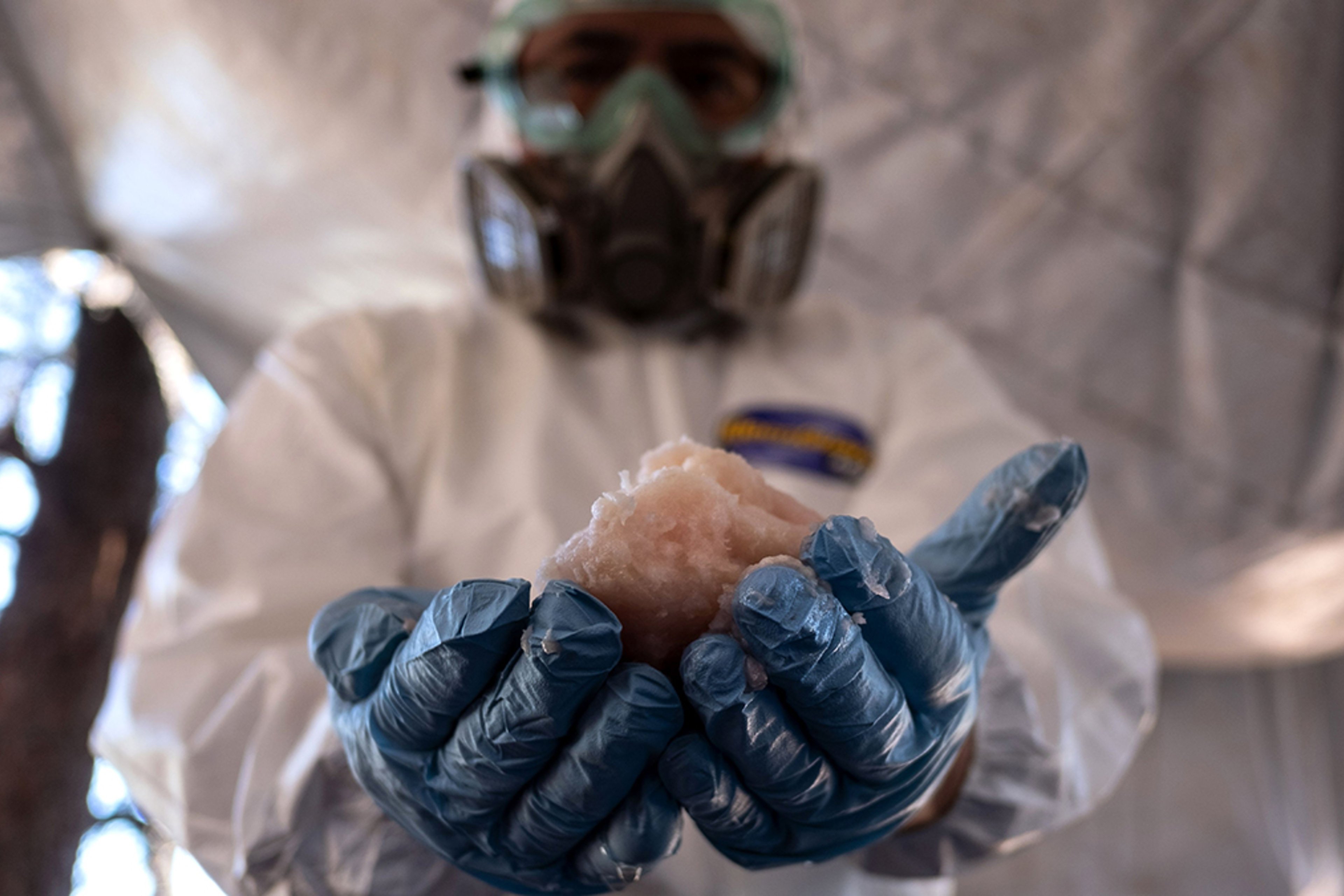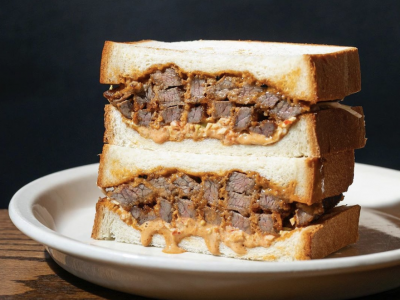More than a decade after former President Felipe Calderon began a crackdown on drug cartels, violence continues to rage throughout the country of Mexico.
- Smite: Best Smite God For Beginners ? :: Smite General Discussions
- Dark Souls Best Greatsword Pve, Your Rating Of Best Pve Weapons, Dark Souls Remastered Best Weapons
- Best Distributing Wilmington Nc 28403, Best Distributing Co
- Nothing But The Best Meaning: I Wish Nothing But The Best Meaning Of ‘Nothing But’ In English
- The 10 Best Regular Show Episodes Of Regular Show, Best Episodes Of Regular Show

In a lab in Tecate, Mexico, an expert from the Mexican Army demonstrates crystal meth paste. AFP/Getty Images/Guillermo Arias
In the United States, cocaine, heroin, methamphetamine, and other illicit narcotics are primarily supplied by Mexican drug cartels. A significant portion of Mexico’s yearly tens of thousands of homicides can be attributed to the cartels and the drug trade. Mexico has received billions of dollars in security and counternarcotics assistance from the United States since it declared war on the cartels in 2006.
Check this out:In-Depth Reviews of the Top 10 Fast-Food Restaurants in Tucson, Arizona, Here Are Tucson’s Top 5 Fast Food Burgers
Bạn đang xem: Xcom Long War Best Starting Country, Long War (Mod)
Xem thêm : The 15 Best Asian Restaurant In Los Angeles, The 15 Best Asian Restaurants In Los Angeles
Authorities in Mexico have been fighting drug cartels for over a decade, and so far, they’ve been relatively unsuccessful. Every year, the conflict claims the lives of thousands of Mexicans, including politicians, students, and journalists. Since the government declared war on the cartels in 2006, more than 300,000 people have been killed in the country.
The United States has invested billions of dollars into Mexico to help it reform its judicial system, modernize its security forces, and other areas where it is a partner in this fight. Washington, like many other countries, has tried to reduce the amount of drugs entering the country by increasing border patrols.
Click here to read more:How to Farm Spinmetal Leaves in Destiny 2, and the Best Place to Farm Spinmetal in Destiny 2
What drugs do the cartels traffic?
The majority of the cocaine, fentanyl, heroin, marijuana, and methamphetamine that enters the United States is imported and distributed by Mexican drug trafficking groups, also known as transnational criminal organizations. Most heroin and methamphetamine come from Mexico, while most cocaine enters the United States from Colombia via criminal organizations based in Mexico. Fentanyl, a synthetic opioid many times more potent than heroin, has its origins in Mexico, as well as China. Mexican authorities nearly quadrupled the amount of fentanyl they seized between 2019 and 2020.
By the end of 2020, the amount of fentanyl seized by Mexican authorities had nearly quintupled from the previous year.
Facebook
Sharing and networking on Twitter, LinkedIn, and Email
Nguồn: https://directmarketingcenter.net
Danh mục: Best









